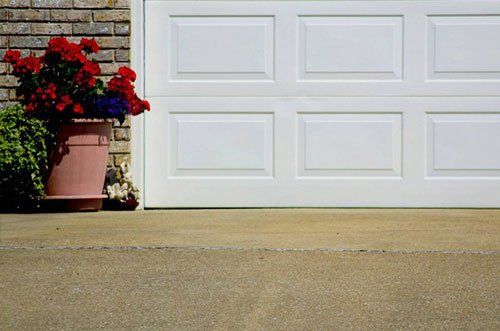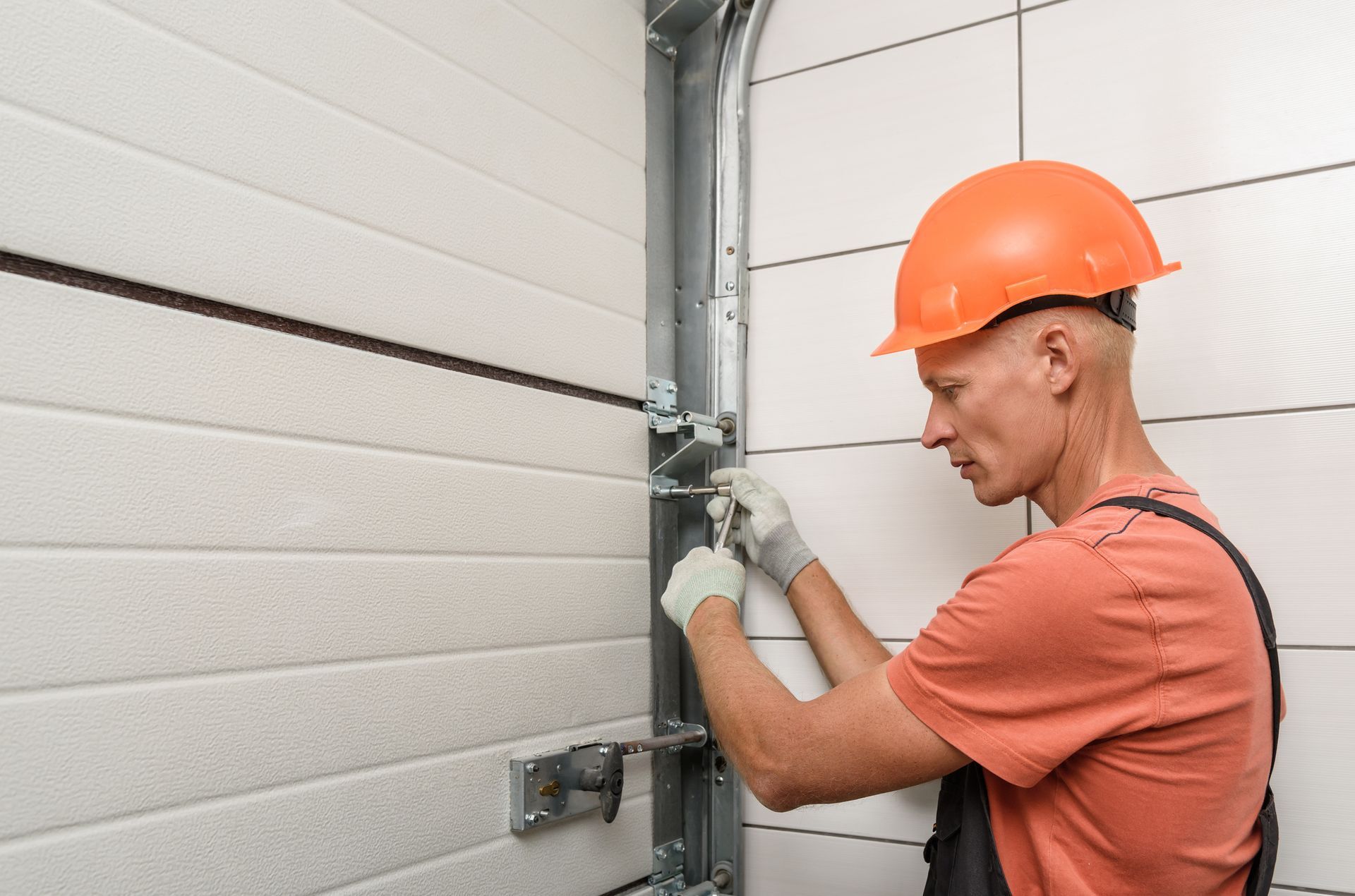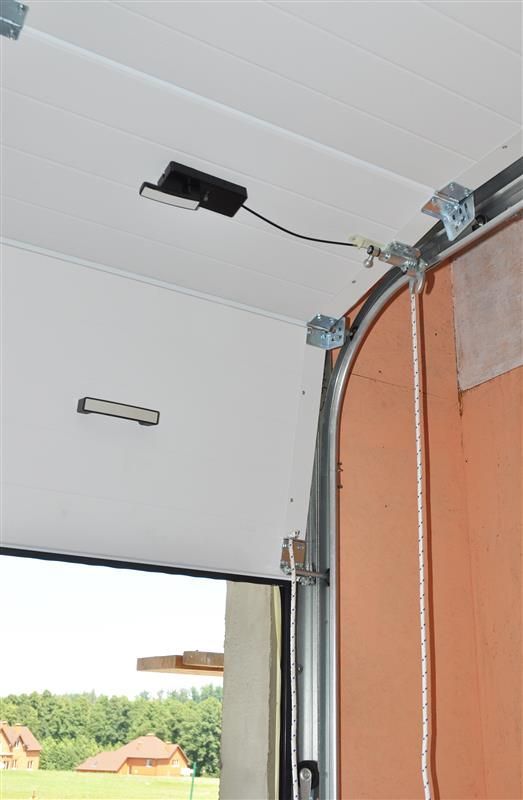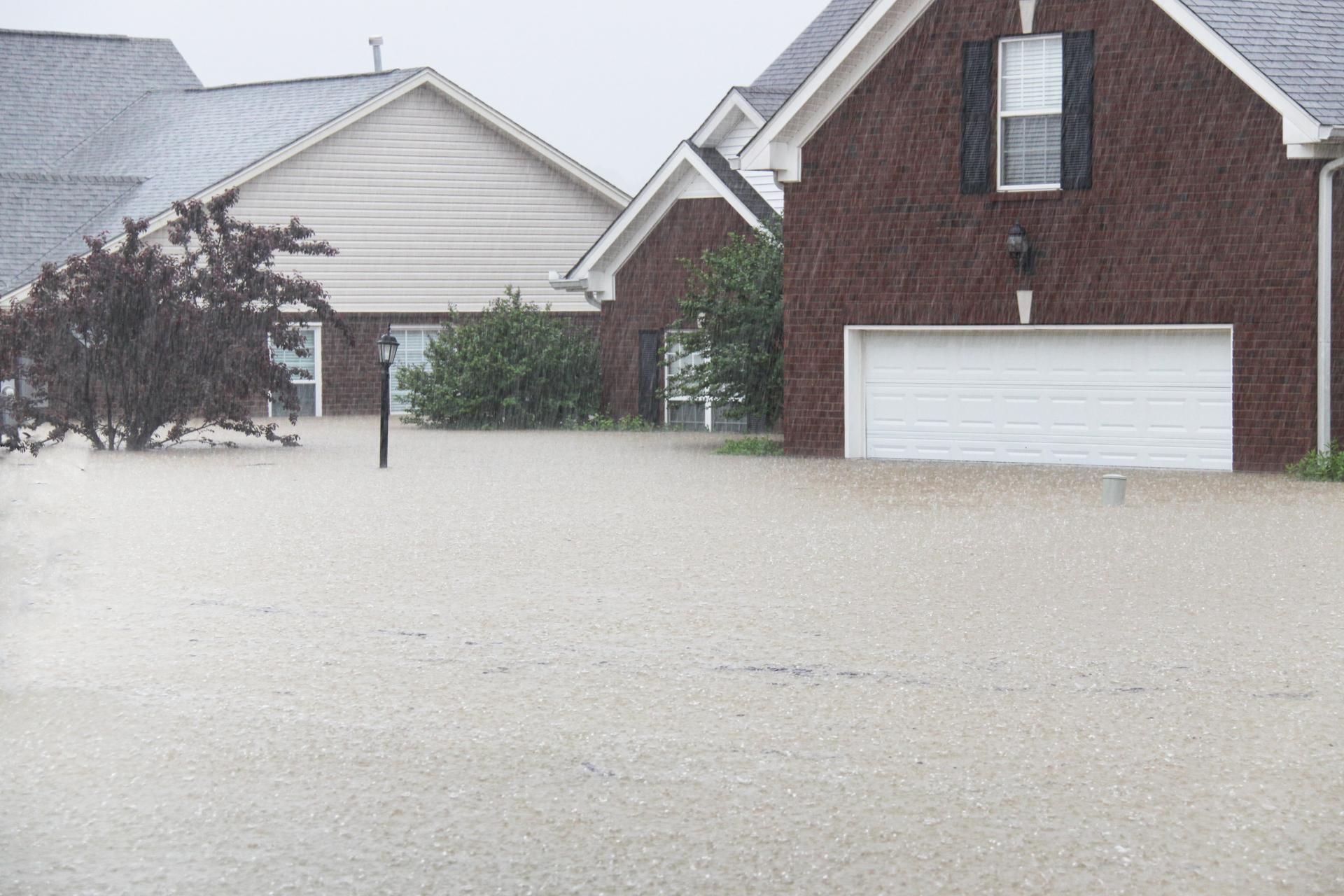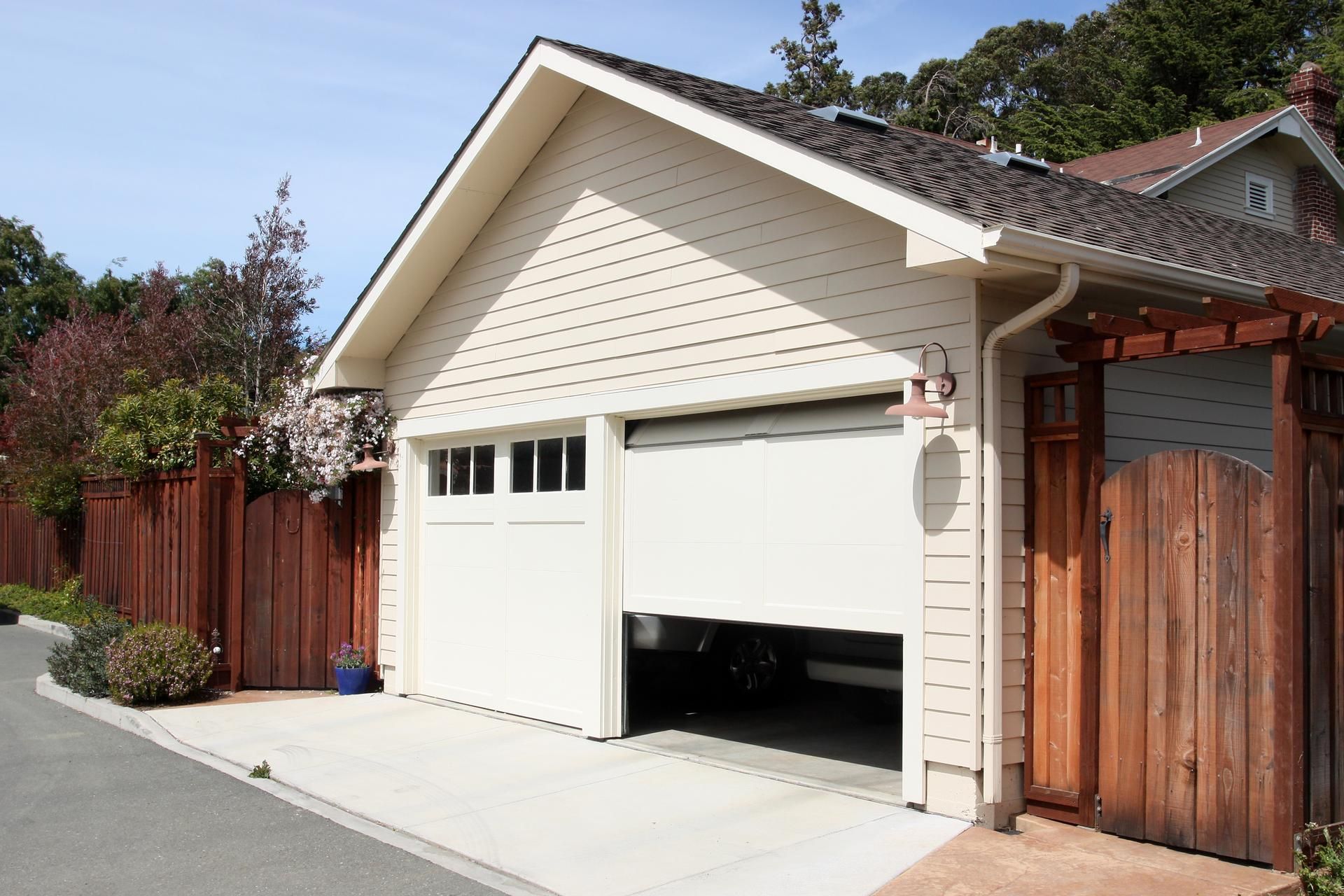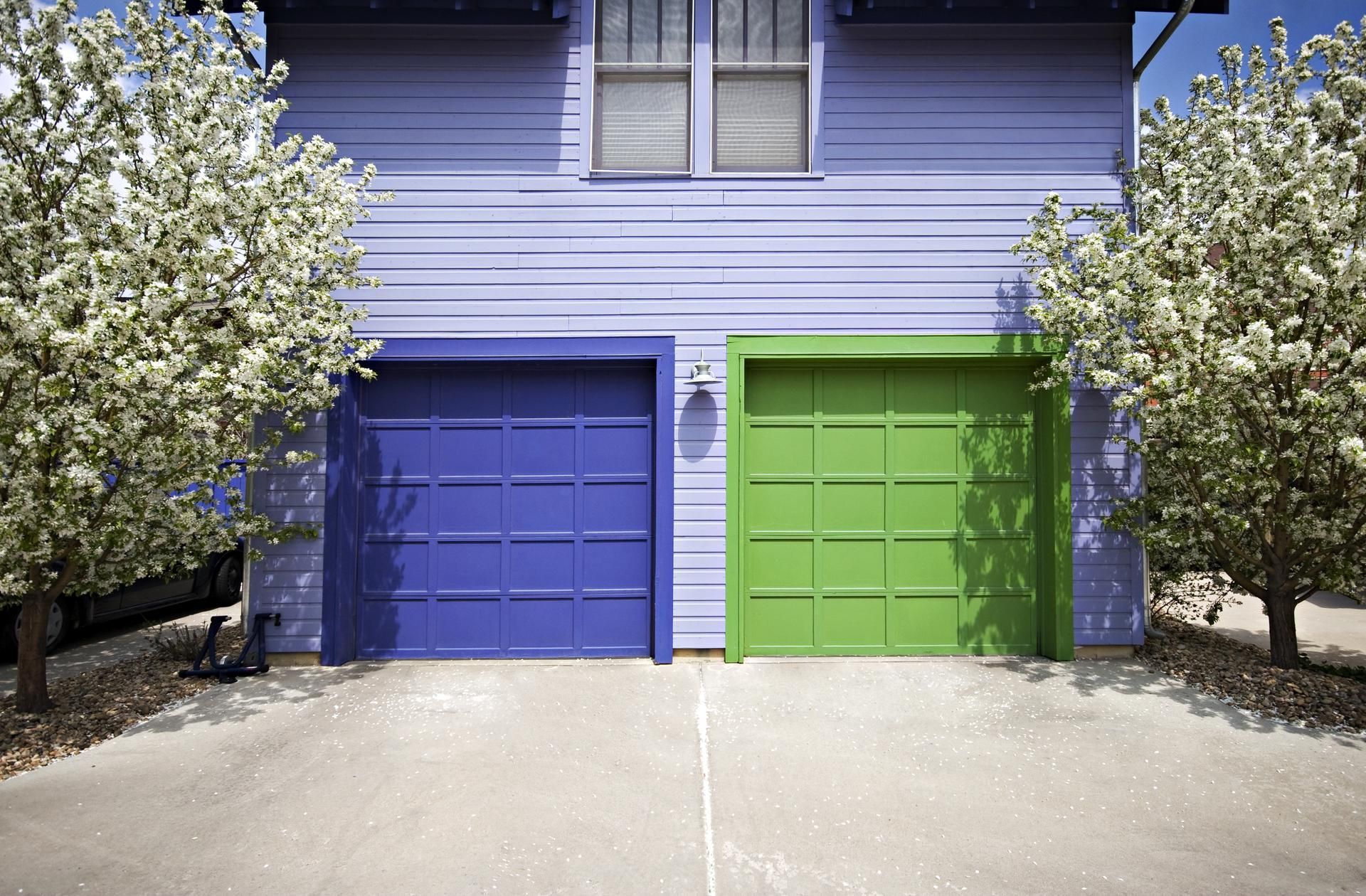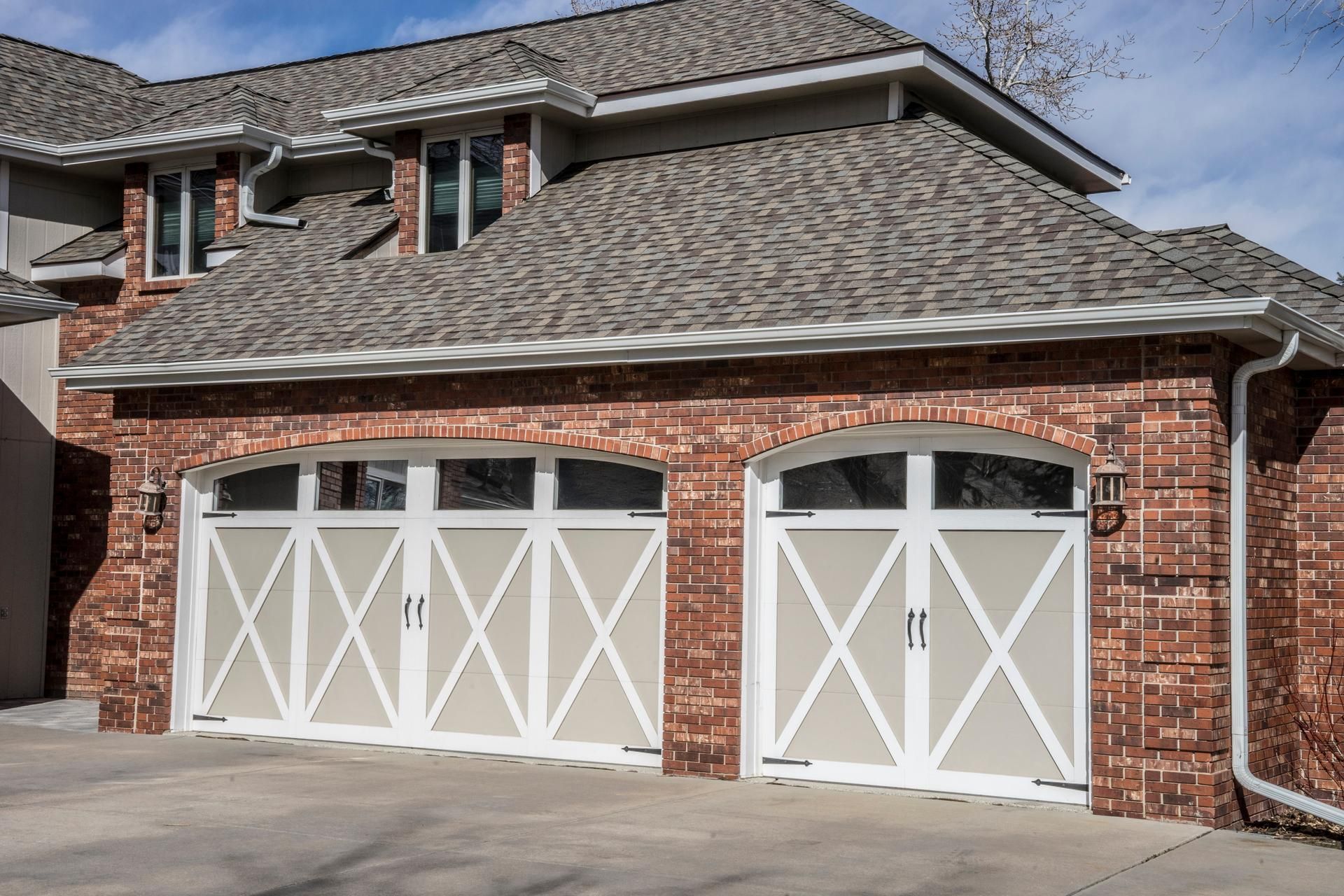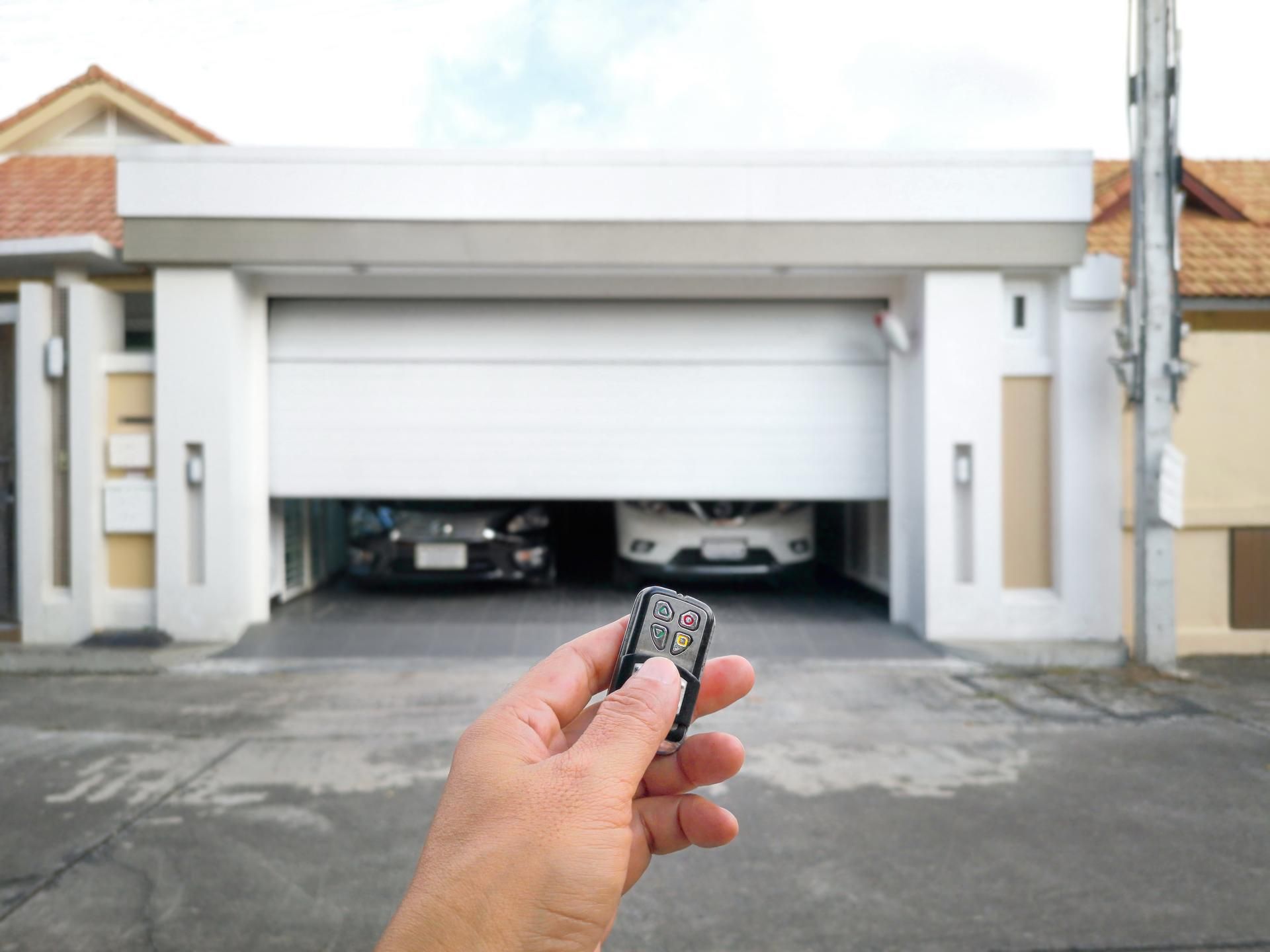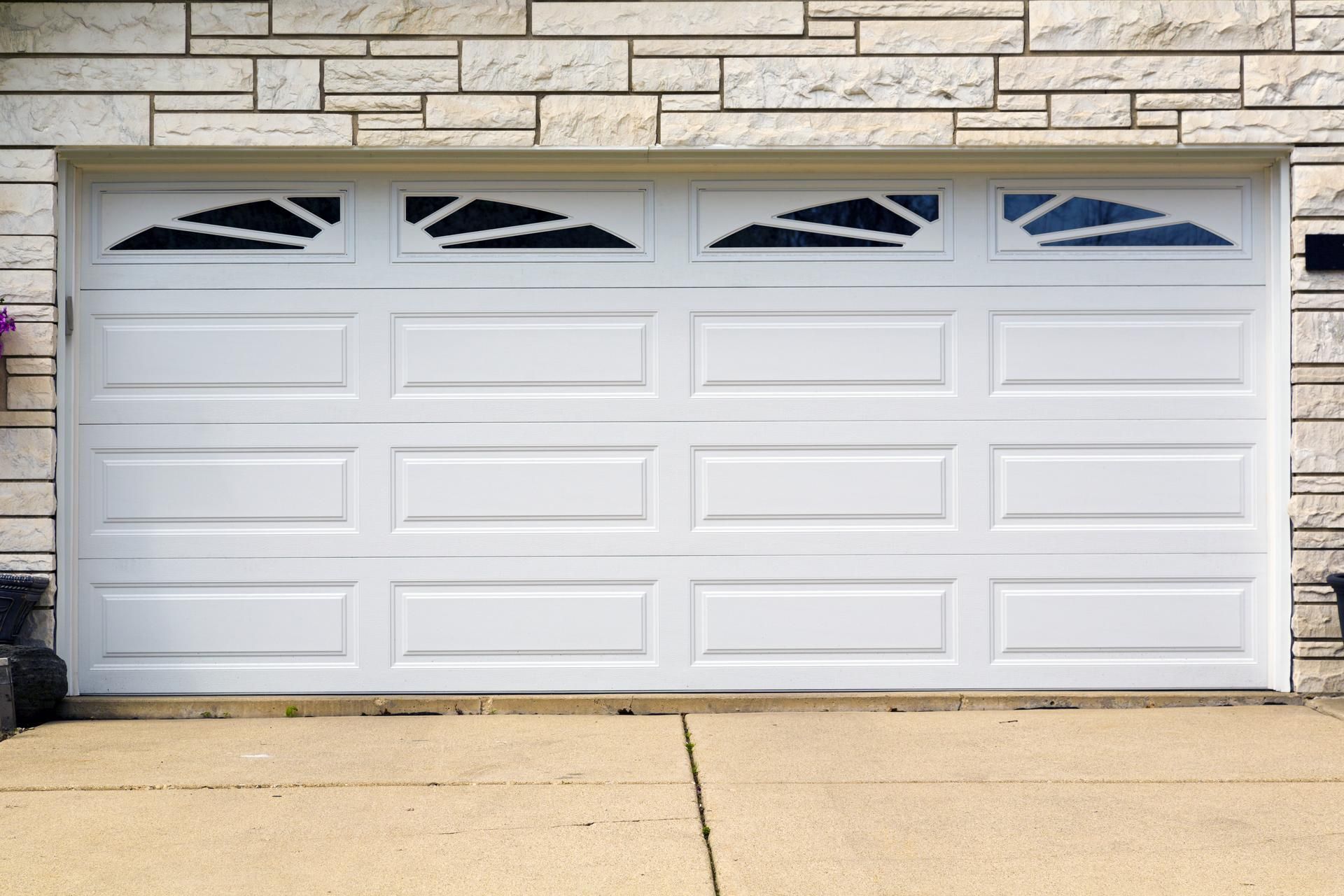Do These Things to See If Your Garage Door Needs Attention
A garage door will often let you know if it has an issue if you pay attention. Here are some of the ways you can use to see your garage door needs attention.
Look at Your Garage Door and Its Mechanisms
You can learn a lot about the shape your garage door is in just by looking at it and its components. To stay ahead of any problems, make a habit of inspecting your garage door every so often. Look for any signs of obvious damage.
Structural damage to the garage door itself can indicate rough usage. For example, if the seal at the bottom of the door weakens, the door can hit the ground hard every time you close it. This can create damage that will only increase as time goes on.
If you see signs of rust or deterioration, you may need to have a professional ascertain if that damage is something you should worry about. A warped or decaying garage door can lead to trouble if the shape of the door stops adhering to the tracks and mechanisms that control it.
Also, check the mechanisms and tracks. Keep an eye out for signs of wear or damage to the cables, springs, or tracks. Rusty, bent, cracked, or warped mechanisms will need replacing. Don't assume any signs of age or damage are normal or something you shouldn't worry about.
Listen to the Sounds Your Garage Door Makes
A loud garage door can mean you just have an older model door or opener. Older doors consist of heavier materials and components prone to making noise. Nevertheless, your garage door can make noises that can clue you into potential issues:
-
Banging or scraping noises can mean you have an unbalanced garage door.
-
Popping noises can mean you have issues with your garage door springs.
-
Grinding or squealing can mean your garage door mechanisms need lubrication.
-
Squeaking can mean you have loose rollers or hinges.
Other noises out of the ordinary can occur as well. In all cases, the noise typically means your garage door and its mechanisms need servicing. If the noises increase in frequency or volume, then the problem is only becoming worse.
Operate Your Garage Door and Note Its Behavior
When you use your garage door, take note of how it behaves. Your garage door should open and close smoothly whether you operate it manually or with an opener. Pay attention to signs of problems such as shaking, shuddering, hesitating, or generally not moving as it should.
All of these operational hiccups can point to issues with your garage door and its mechanisms. Many of these symptoms indicate an unbalanced garage door. Further operational symptoms, such as garage doors that look uneven as they open or close, can also mean your garage door's mechanisms are failing.
Test the Features of Your Garage Door and Your Opener
About once a year, test the features of your garage door and opener. Considering how easy most of these tests are to perform, you can even casually perform them more frequently.
Closing Force and Automatic Reverse
Automatic garage doors should reverse when they touch anything as they come down. If you have an old garage door opener system, the door may stop when it encounters something but not reverse. If that's the case, you need an upgrade as soon as possible.
You can test how hard the garage door comes down while also testing the automatic reverse by laying something underneath the door. You can use a cinder block, brick, or piece of wood. Lower the door. When the door touches whatever object you laid down, it should immediately start reversing.
If the door hesitates before it reverses or pushes down on the object too long before reversing, you can usually adjust the pressure setting. If the door stops but doesn't reverse, or doesn't stop at all, you need to take action.
If you know the garage door should reverse, check the settings. If you cannot get the auto-reverse working properly or you don't have an auto-reverse feature, contact a professional garage door contractor immediately.
Opening Force and Balance
Your garage door should open smoothly without flying upwards with too much force. You can test the upward force of your garage door by using your opener to open it, then grabbing the door as it rises. Your door should stop and not continue moving.
You can also test the balance in this way, but first, you need to disengage the garage door from the opener. Manually push the garage door up halfway or pull it down halfway. The garage door should stay where you leave it. If it continues moving in either direction, then the balance of the garage door is off and the door needs servicing.
If you see or hear anything out of the ordinary with your garage door, don't hesitate to contact Edgemont Garage Doors. Contact us today for all your garage door repair and servicing needs.



